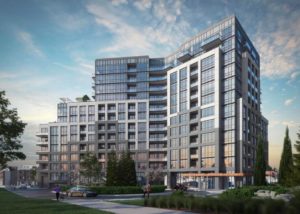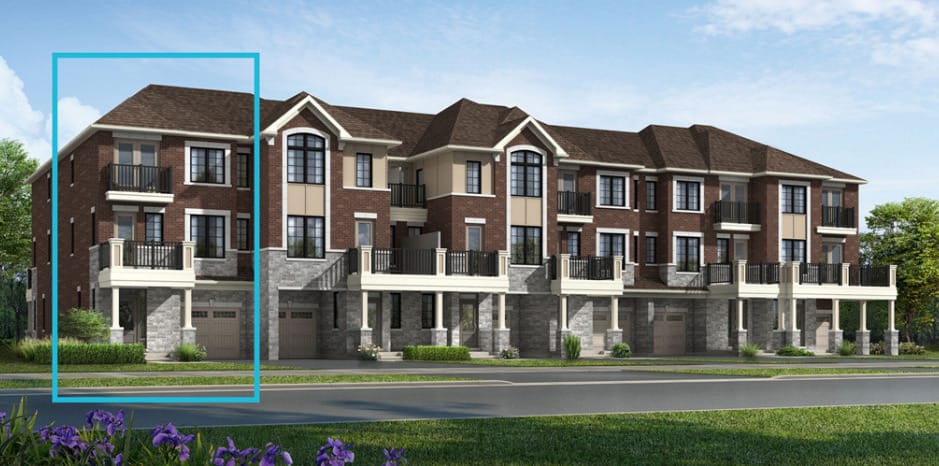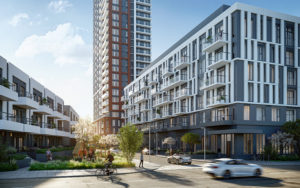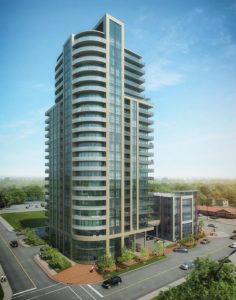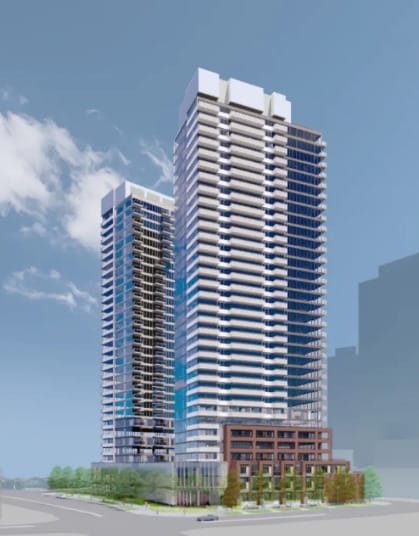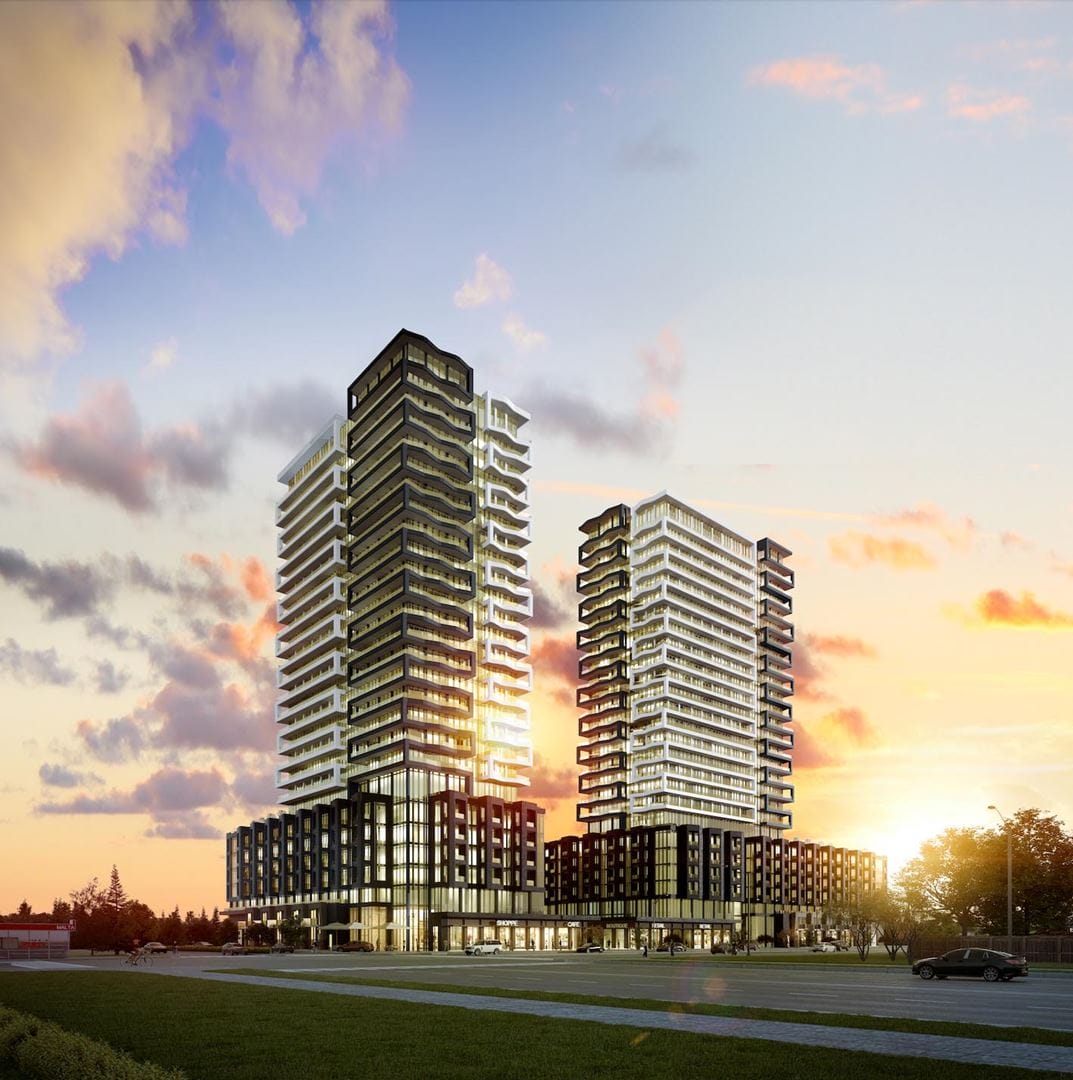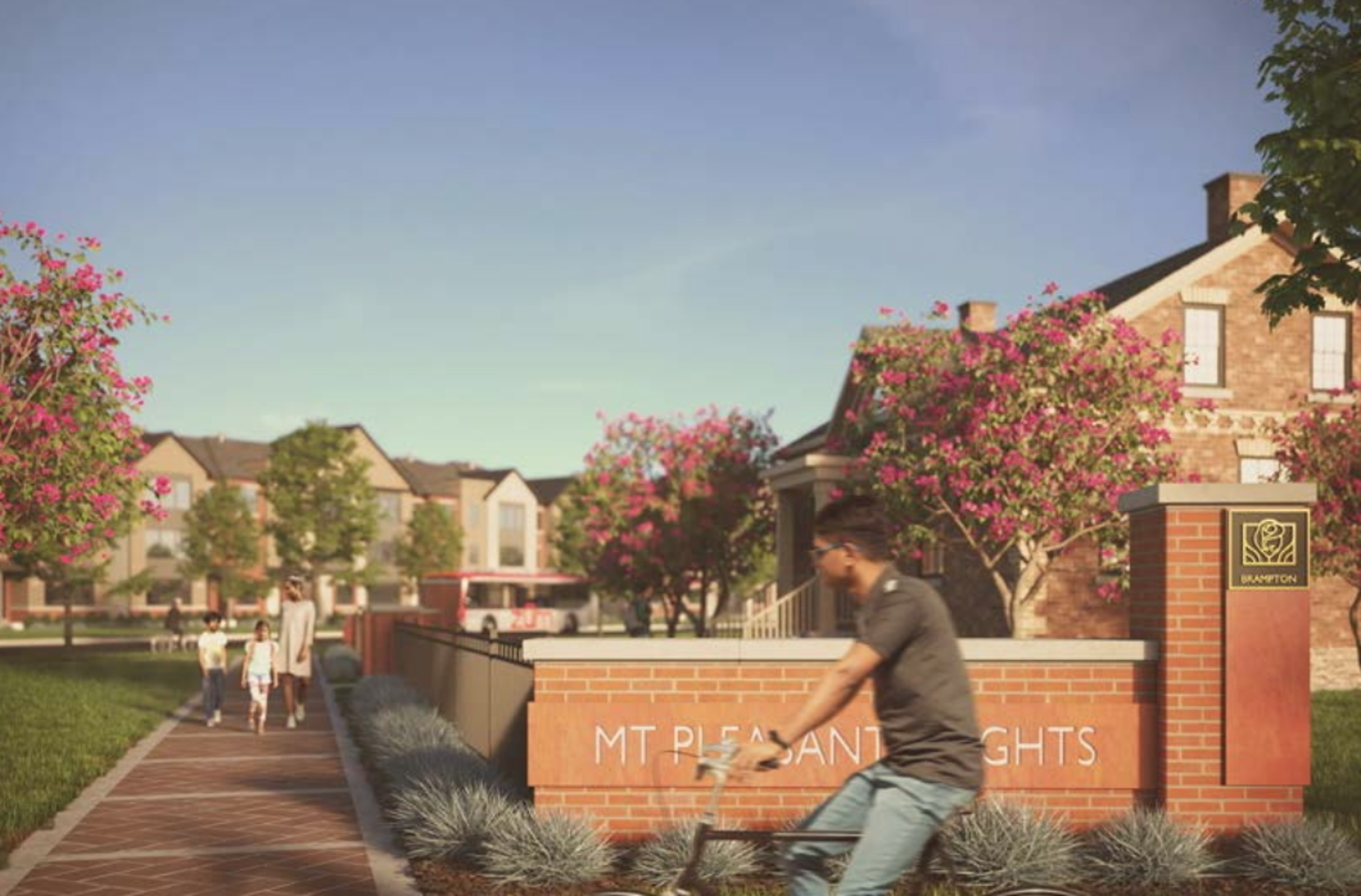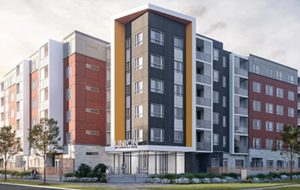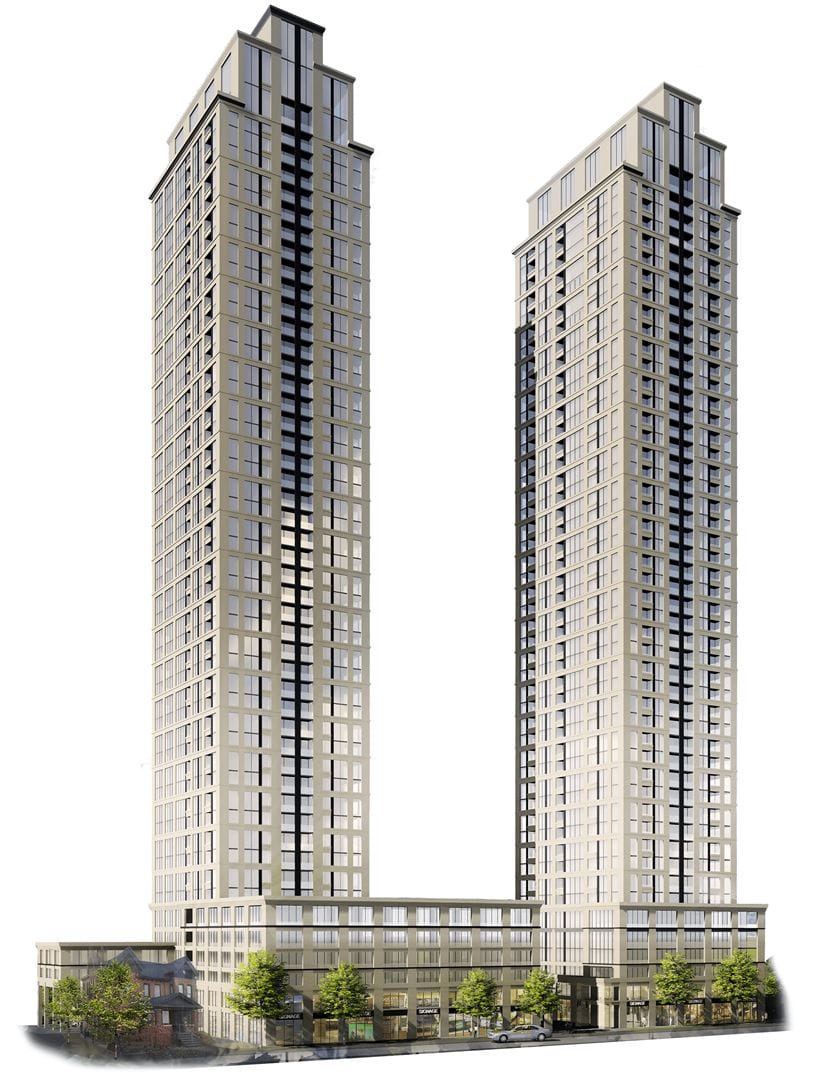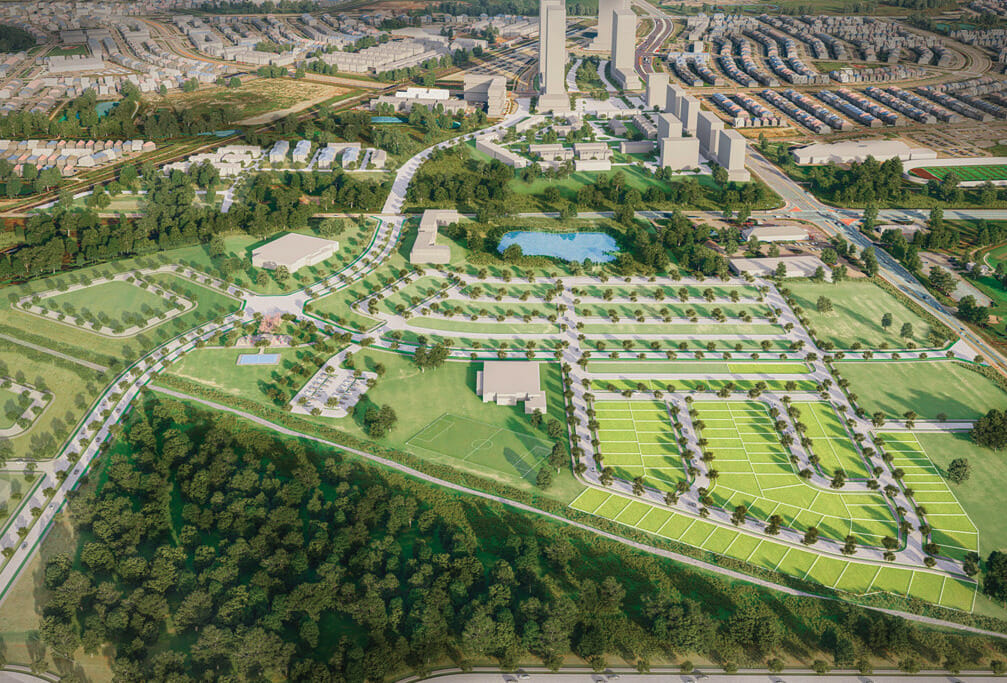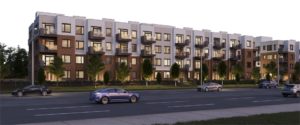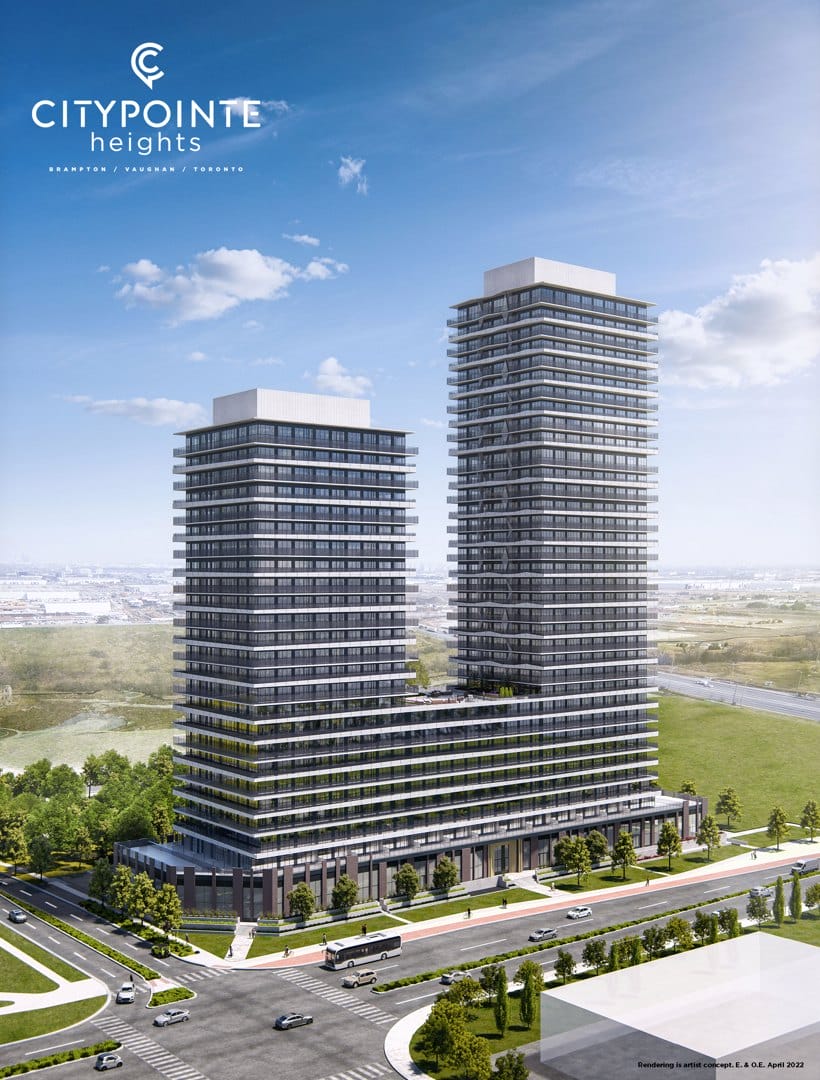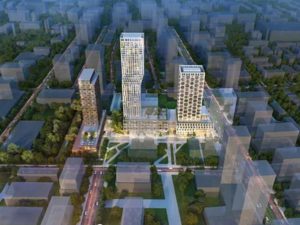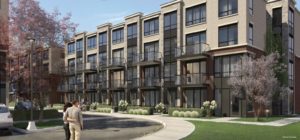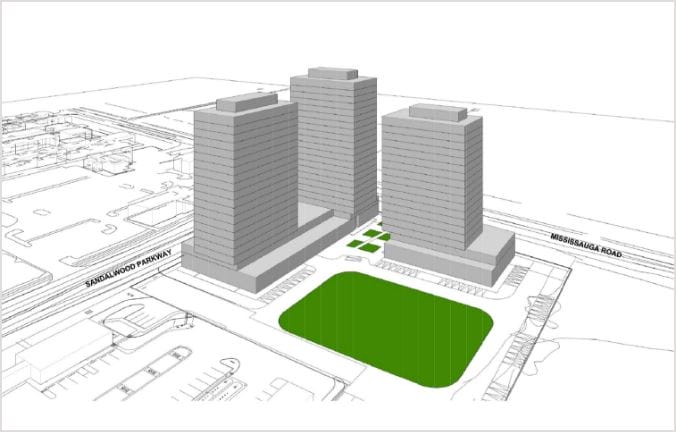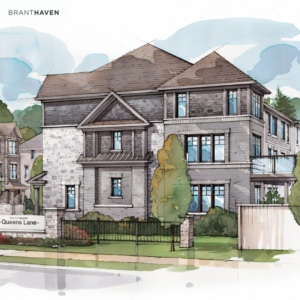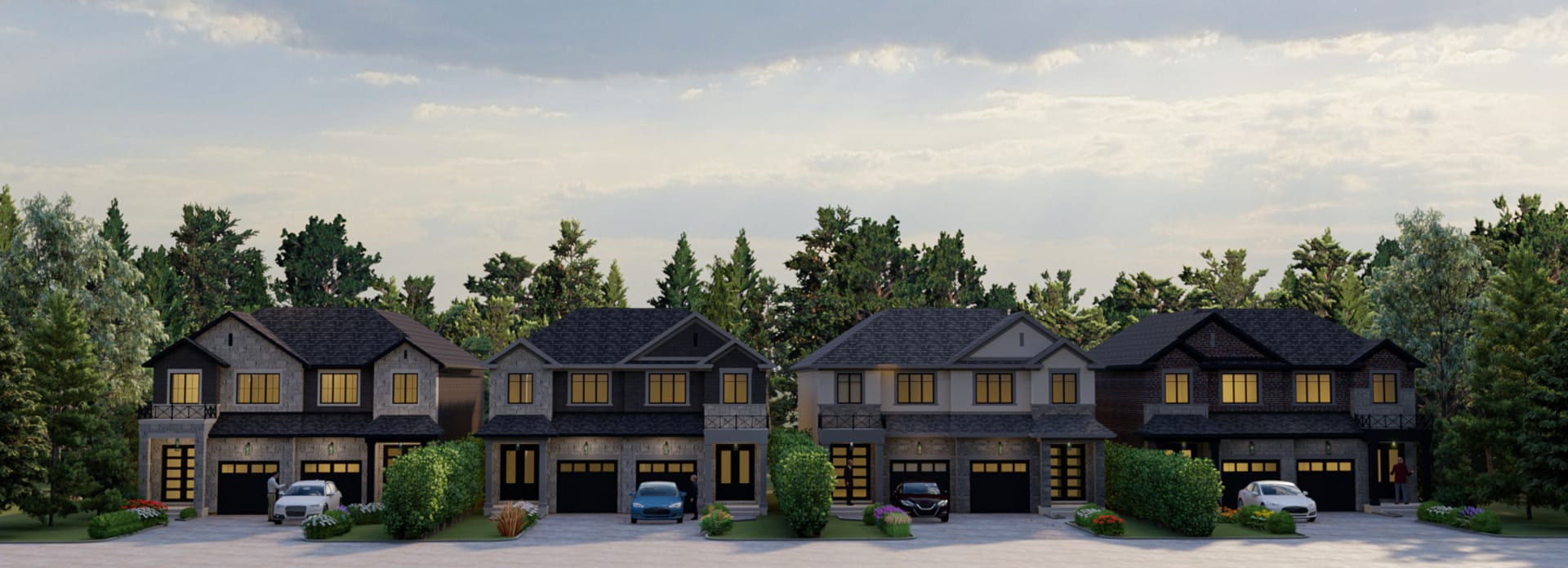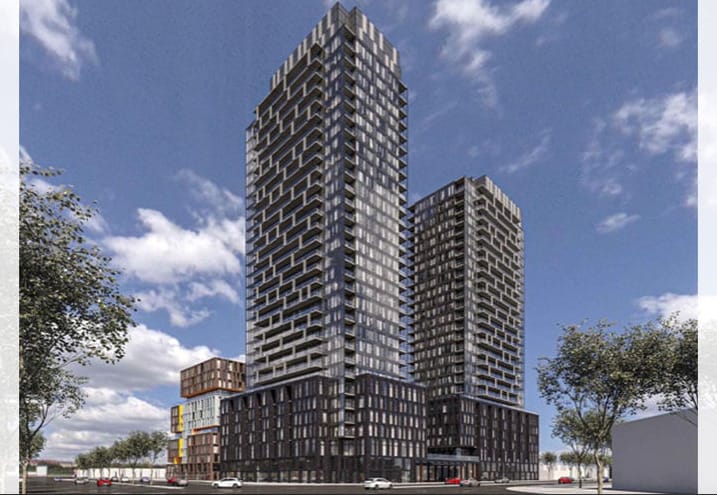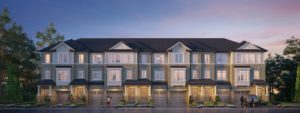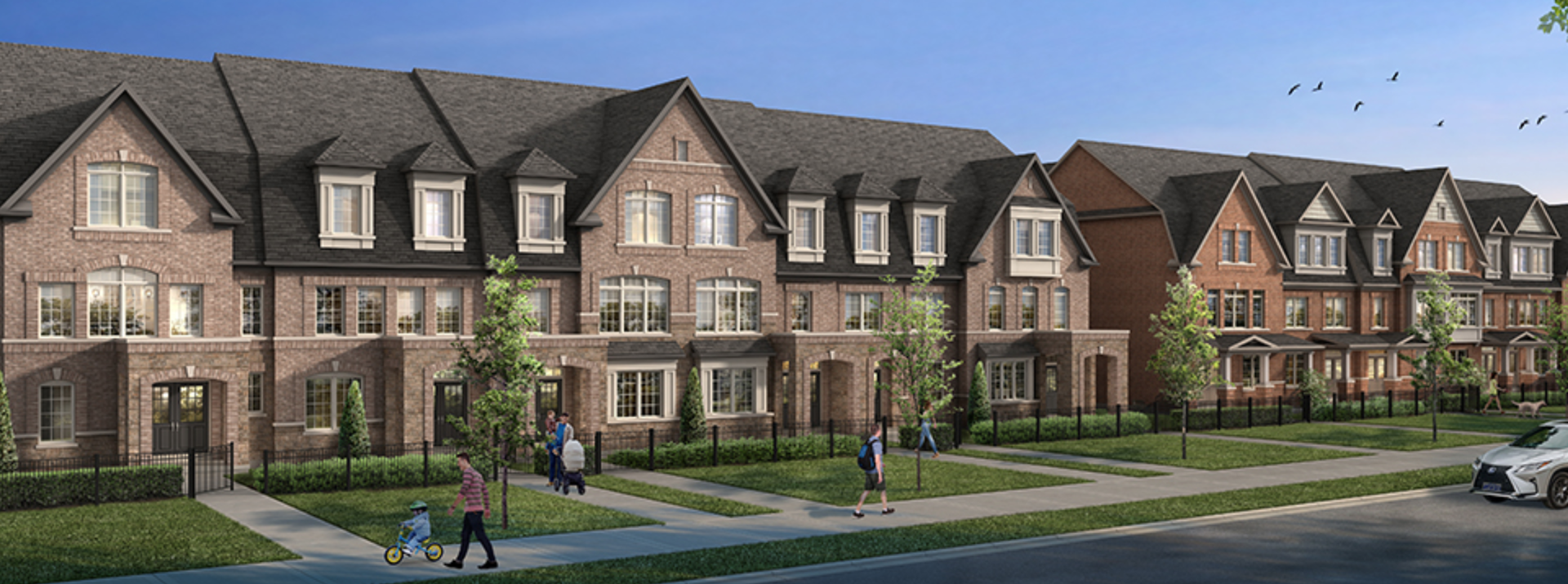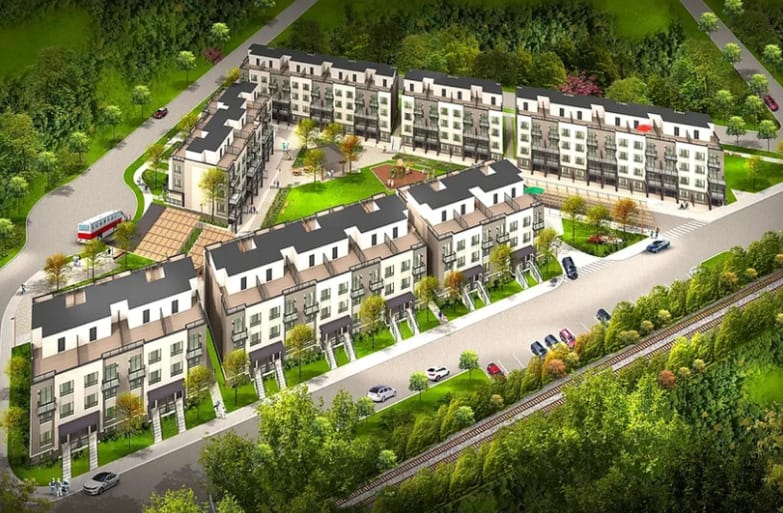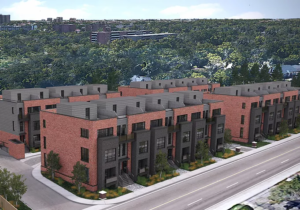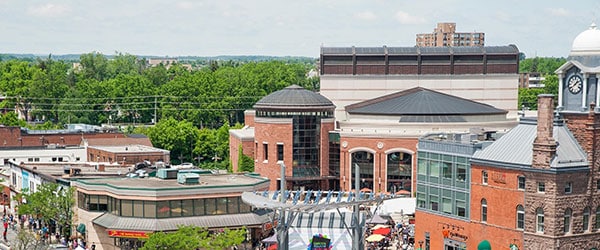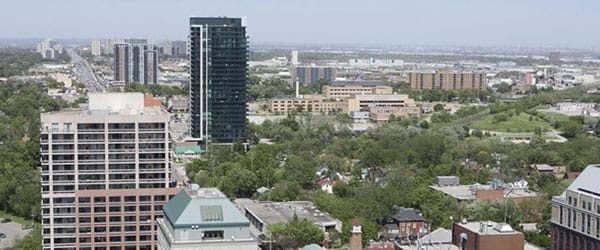New Condos For Sale in Brampton
About The New Condos For Sale in Brampton
Brampton began as a settlement in the 1800s and over the years progressed to be an officially designated city.
With many new condo developments, the Brampton of today is recognized as one of the most vibrant cities, earning the title “Canada’s Flower City.”
Residents take pride in the diversity and cosmopolitan atmosphere of this major city.
In 1853 there were just approximately 500 residents living in the Brampton home.
Presently, Brampton ranks at the 9th position with respect to size in Canada and also one of the fastest growing regions of the country as well.
Economic Boom
Due to its proximity to Lester B. Pearson International Airport of Brampton, located directly north of the facility, it has a significant leg up. It relates to the economic sector and the tourism industry.
As a result of this, the city not only has one of the leading industrial areas in the country. But also on a global scale as well with coming soon or new pre-construction condos Brampton, and new listings making historic landmarks.
This status has been a boon to the city with being a popular city. It allows it to serve as a home to well over 8,000 businesses in recent years with wholesale trade.
Also, it provides high levels of employment, especially in the manufacturing industry.
Lifestyle in Brampton
Apart from being an established worldwide economic contender, Brampton real estate offers a premium lifestyle with a new condo project at every crossroad.
Further, the Brampton new condos propose a mix of traditional lifestyle as well as big city amenities.
With a median age of 36.5 years, the city has the youngest average age among Canada’s largest cities. This figure serves to ensure that most residents are more open to change and spontaneity.
In 2007, WHO designated it as an International Safe Community.
In 2008, Brampton earned the title of International Communities in Bloom.
Brampton has magnificently restored its flower town heritage and won the title of Canada’s Flower City in the Peel Region.
The Development Around
It may experience record levels in an urban growth area and townhouse development. However, the popular big City of Brampton offers condo development close proximity to nature.
This is particularly evident by the fact that the city provides accommodations to well over 6,000 acres of green land. One of these major locations is the Heart Lake Conservation Area.
Amenities
In addition, it also serves as a home to an assortment of outdoor tasks. Further, Brampton new condo development offers a comprehensive array of medical facilities, places of worship.
Shopping centres, libraries, old fashioned street lamps on pedestrian friendly streetscape and other educational facilities for young professionals.
You can even see old fashioned street lamps and other historic landmarks mixed with the urban growth area. However, this mix is done magnificently, ensuring that no one finds it jarring or out of place.
Brampton Real Estate
The townhomes and semi-detached homes aren’t very significant in the western municipality. It led to only 12% and 21% of the market sales.
Whereas detached dwellings account for 54% for the major section of residential real estate sales.
Following the prosperity and growth that the city has been experiencing, it should come as no surprise that average residential real estate prices are flourishing and rising as well.
In just a single year, the average price in the city showed an increase of over 25%, making the current average price $670,509.
Investing in Brampton condos in the city now would look like a smart choice.
In direct relation to this, the average freehold cost over the last year was $713,388 in Brampton, and this can also be contrasted with the average condo premium of $378,043.
What Brampton is Known For?
Brampton is notable for its ability to combine both general quality of life and a comprehensive selection of conveniences.
Certainly, it creates a city with a small town feel that allows residents to enjoy a high-quality lifestyle as a result.
The city has even been nominated as an International Safe Community by the World Health Organization (WHO).
It is an honour that has only been bestowed on ten cities in North America and the very first city in the Greater Toronto Area to achieve this status.
The Transit
The area is also notable for its efficient, convenient, effective, easily accessible public transportation services — a factor that visibly adds to its overall attractiveness to prospective residents.
You can use this opportunity to boost your resale condos average price.
This is evident by the fact that Queen street east and Main Streets serve as the focal points for Downtown Brampton.
Moreover, this regional hub, in turn, serves as a downtown Brampton’s transit hub.
More on Accessibility
Major public transit facilities and services in this area include a multi-modal GO station (which has a fleet of buses and several regular trains), the Via Rail, and Brampton Zum Transit.
Owners of private vehicles also have the convenience of making use of several highways; including Highways 107, 401, 407, and 410.
These make travelling in and out of Brampton extremely easy.
Lastly, the walkability score of the city seems exceptionally high, especially when compared to other areas on Mississauga road.
This means that residents can walk to entertainment venues or their work with minimal hassle, making it perfect for resale condos.
A few of the coming soon and pre-construction project includes:
- Stella at Southside Condos at Steeles Ave
- Daniels MPV from the Daniels Corporation
- Symphony Condos
- Duo Condos from National Homes and Brixen Developments Inc
- Union Mount Pleasant Condos
- Bristol Place Condos from Solmar Development Corp
- CityPointe Heights from Poetry Living at Gore Road
- 253 Queen at Queen St E
Get in touch with PreCondo to know more about the average rental rate, the square foot area, and the coming soon condos at and around Steeles Ave W, Queen Street, Veterans Dr, Heart Lake or Creditview Road.
Also, know about the average prices of pre-construction condos in Brampton or new condos in Brampton or nearby cities.

